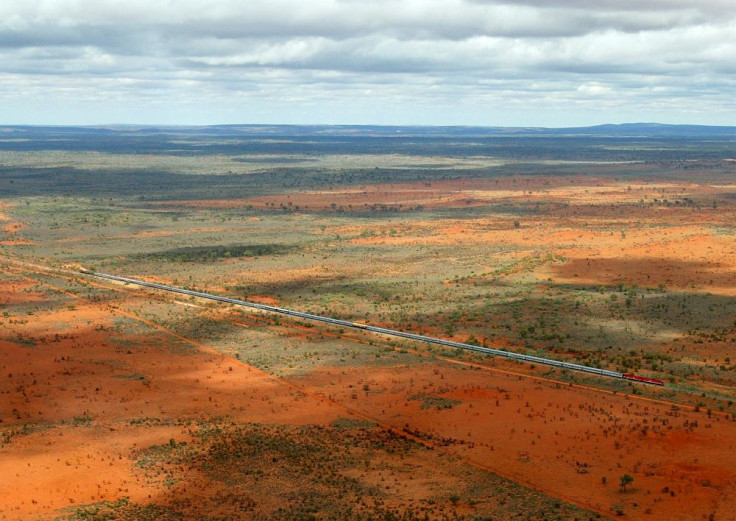Australia Institute rejects nuclear option for South Australia

The global debate on the safety of nuclear power continues, with South Australia joining the debate.
A plan by the state to set up either a nuclear waste dump or a nuclear power station was rejected by the Australia Institute due to major flaw in economic and technical assumptions for a domestic nuclear power industry. Richard Denniss, chief economist of the institute, points to lack of commercial scale of the technology being proposed as the most extreme assumption.
A study commissioned by former SA Employment and Science Minister Tom Kenyon proposed the setting up of a waste dump near Woomera. The study said the SA economy could earn billions by accepting the nuclear wastes of Japan, South Korea and other nations and placing it in SA’s outback.
The site is very remote, assured Nigel McBride, chief executive of Business SA. Besides the nuclear dump, McBride said the state has other options such as the power station and enriching of uranium, but he said the nuclear waste storage is the most promising option for now.
Even nuclear power is not an option for the state, Denniss said, adding “Even if you totally dismiss issues like security, proliferation, safety, insurance and public opposition, nuclear energy is Australia is a very expensive and very slow option to implement.”
In its submission to the SA Nuclear Fuel Cycle Royal Commission, the institute said that if there was a way for other countries to profit from nuclear waste, it would have done so. It said the proposal would only “create a high level waste problem for ourselves in the hopes that we would be able to not merely solve it, but profit from it.”
The submission also cited experience of other countries that use nuclear power, such as France, which sources 80 percent of its electricity for nuclear plants. However, the 2014 net loss reported by Areva, the state-controlled nuclear power company, of 4.9 billion euro was even bigger than Areva’s stock market value of 3.7 billion euro.
The institute instead pushed for renewables such as solar and wind power, although Australian Prime Minister Tony Abbott is also cold to the idea of wind power, particularly windmills which he considers ugly.
While Southern Australia has yet to resolve the nuclear debate, Japan just did with the recommissioning this week of the nuclear reactor 1 in Sendai as part of the economic push by Japanese Prime Minister Shinzo Abe. The decision to return to nuclear power was made four years after the nuclear meltdown at the Fukushima nuclear station following a powerful earthquake and tsunami on March 2011 and amid public opposition, led by former Prime Minister Naoto Kan, to a return to nuclear power.
Contact the writer at feedback@ibtimes.com.au or tell us what you think below




















